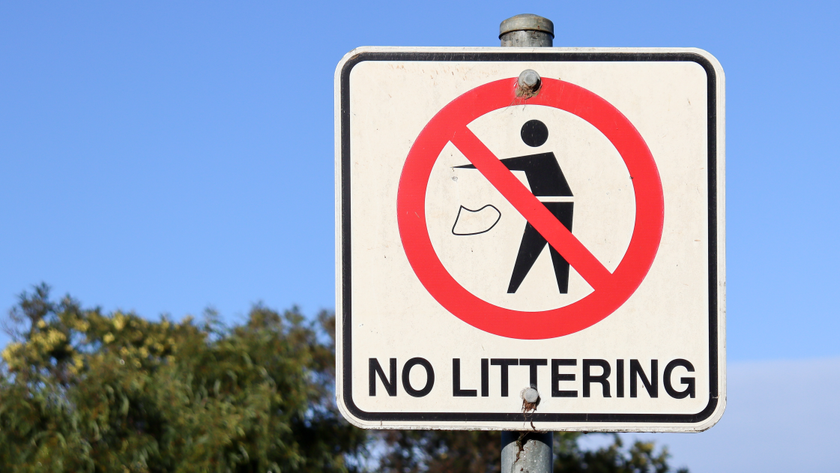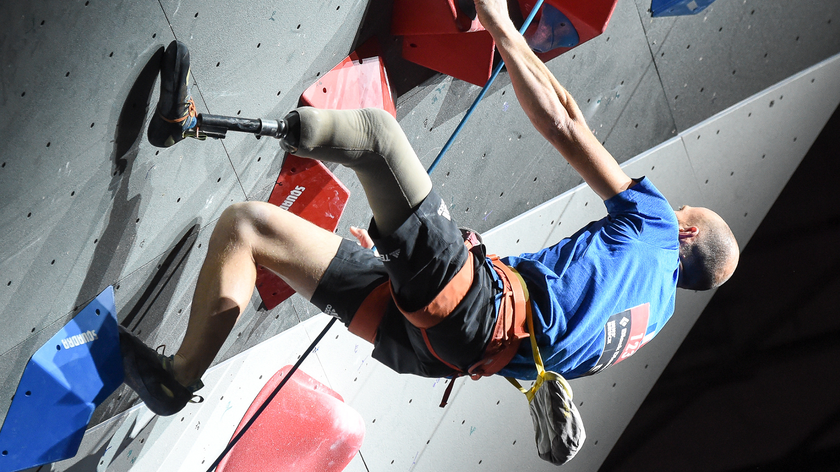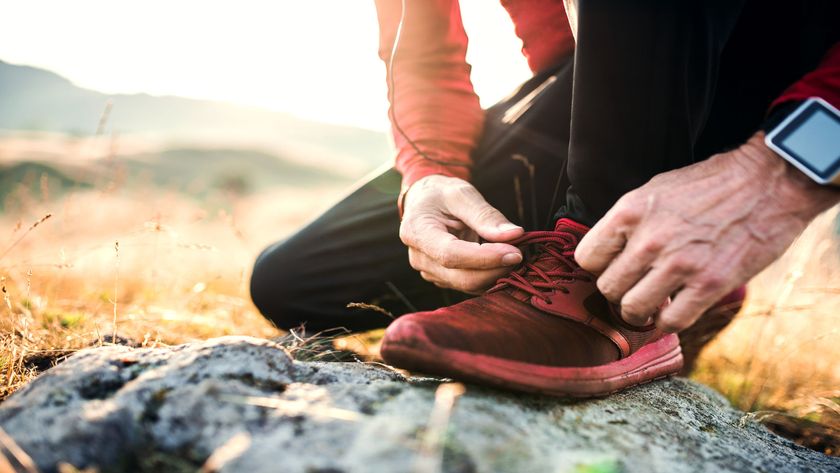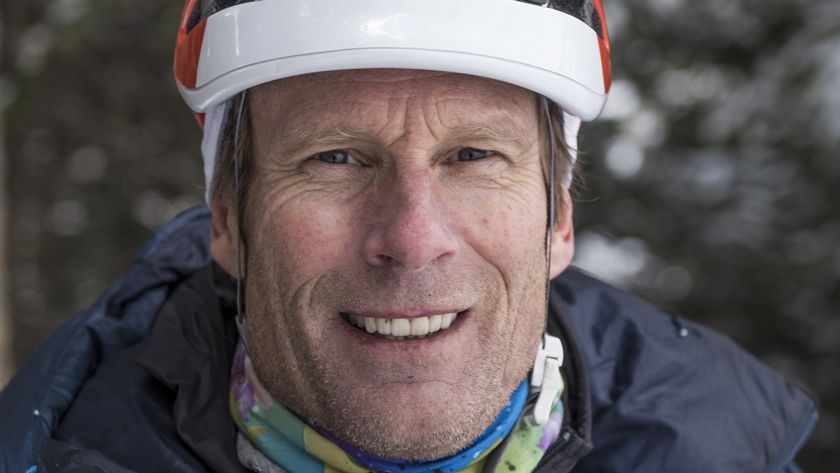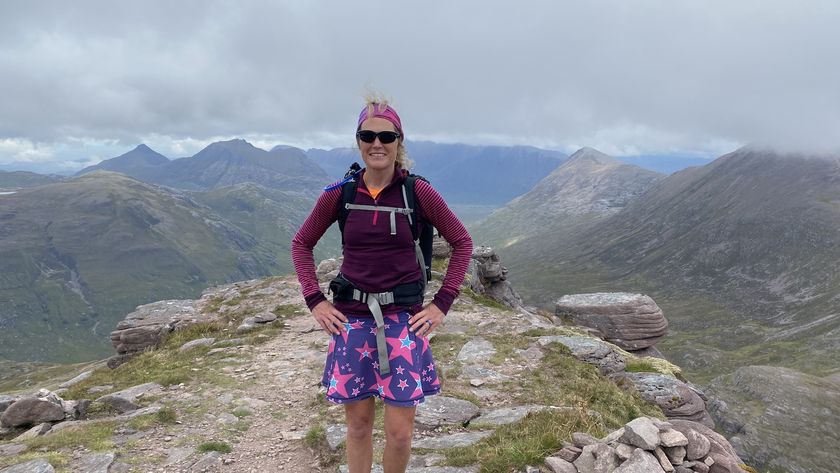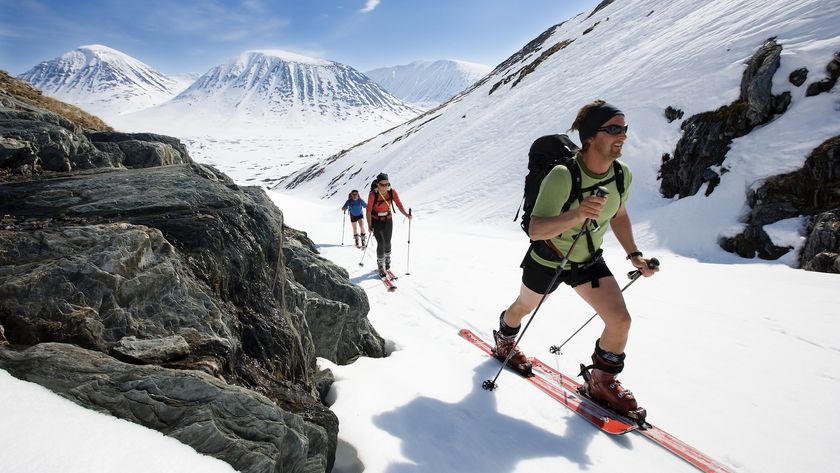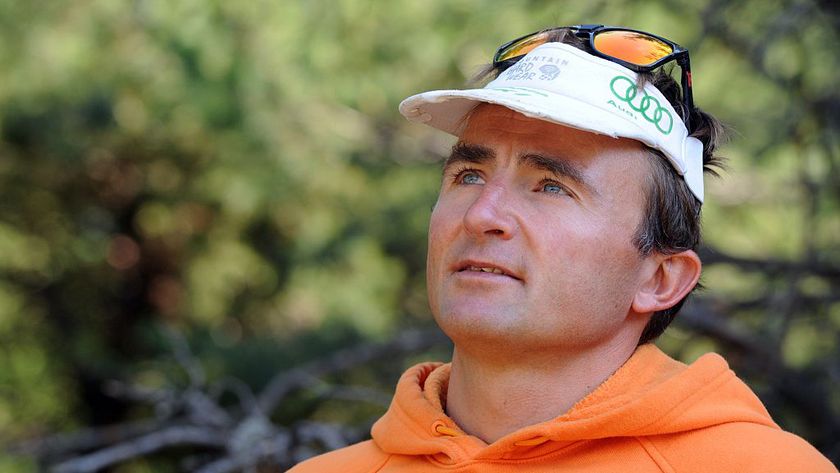Hiker poop is causing a stink in the backcountry – but with this piece of kit, researchers have the solution
A research project on Colorado’s highest peak this summer reveals that hikers will pack their poop out, provided they’re given what they need
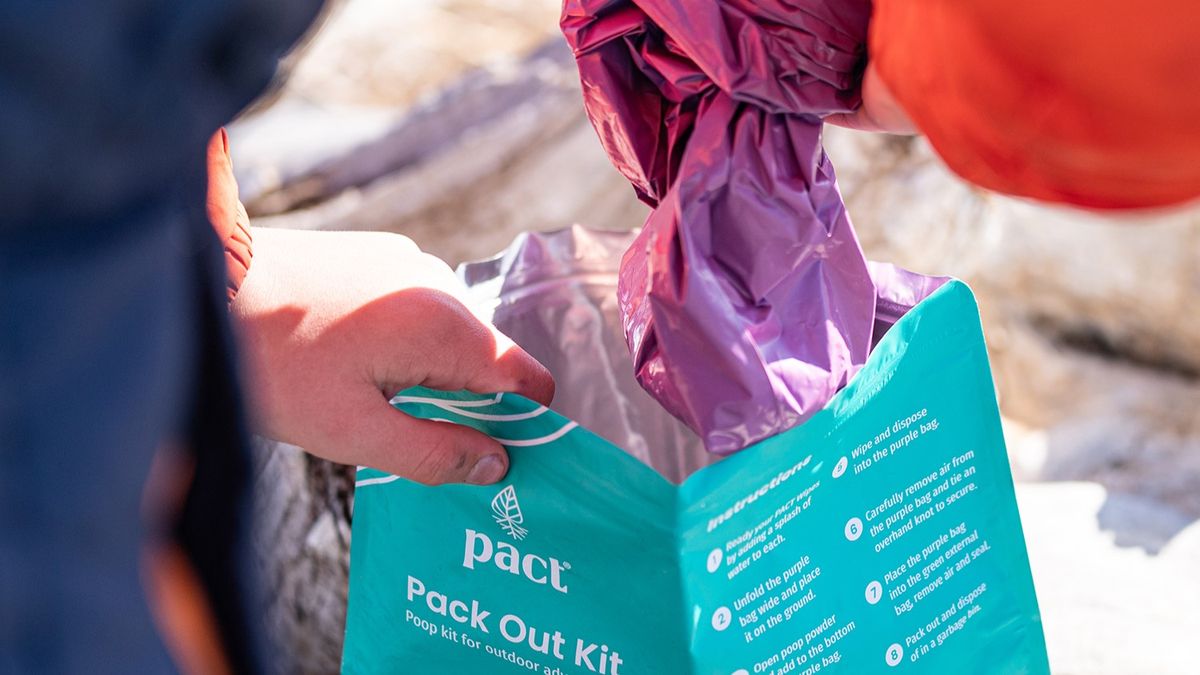
This summer, while most of us were frolicking on the trails, rafting on the river or lounging in a hammock, Shari Edelson was stationed at a trailhead on Colorado’s Mount Elbert talking to people about their poop habits.
A researcher at Penn State’s Department of Recreation, Park, and Tourism Management, Edelson was conducting a survey with PACT Outdoors, a Colorado company that makes bathroom kits for hikers, campers and other people that need to poop outdoors.
“Researching people’s behaviors in parks and protected areas is fun because it means being in beautiful landscapes and getting to talk with people who are outdoors enjoying nature,” says Edelson of the experience.
“I think a lot of people were intrigued by the topic of the research – we generally don’t talk about poop with strangers, but people were pretty fascinated and I ended up having some great conversations.”
The project, titled “Clean 14” and conducted with the public education charities Leave No Trace and the Colorado Fourteeners Initiative was devised to get a snapshot of current attitudes and behaviors around pooping outdoors. The research team wanted to understand what factors persuade hikers to pack their poop out.
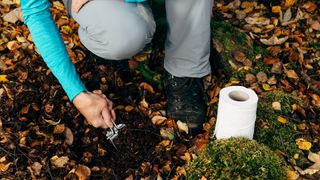
Poop in the backcountry, after all, is a problem. Colorado’s peaks attract hundreds of thousands of hikers each year, mostly during the summer months. Those hikers need to poop, and sometimes that happens during their hike.
The longstanding wisdom for pooping on the trail is to bring a shovel and bury it. More recently, however, the sheer volume of hikers on popular trails has meant that tactic doesn’t always work, which you may have learned yourself the hard way if you’ve popped behind a push for a pee only to discover a small mountain of toilet paper and human waste.
Advnture Newsletter
All the latest inspiration, tips and guides to help you plan your next Advnture!
The problem of course isn’t limited to Colorado – or hikers for that matter. Last fall, we reported on an initiative that placed poop bag stations in a popular Squamish climbing area to encourage climbers to take their deposits home after the poop problem there began to get out of control. And this summer, officials at Yosemite took to social media to beg hikers to pack their toilet paper out after discovering a TP-strewn scene in one of the famous park’s less-traveled areas.
The problem with so much poop in wild spaces is that, despite your best efforts to bury it, it's easily exposed by weather and erosion, while animals both domesticated and wild can dig it up and disperse it long before it decomposes. It can contain viruses and bacteria that may be harmful to the environment, and a 1982 study by University of Montana researchers found that burying it doesn’t speed up the destruction of pathogens.
Even when it remains well-buried, poop can take up to three years to decompose, depending on the conditions, so your unwelcome donation can have ramifications far beyond your summer vacation in the mountains.
“As a long-distance hiker myself, I have experienced some of the negative impacts that visitors can have on natural environments,” says Edelson.
“It’s been my personal observation that in a lot of cases, people act in ways that cause damage because of unawareness or unpreparedness. I really believe that if we can understand why people are engaging in certain behaviors, and then intervene in ways that educate and prepare, we can successfully address a lot of the issues out there.”
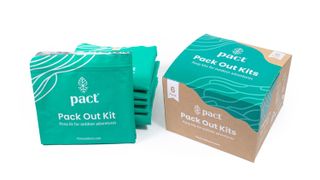
Two years ago, in an effort to clean up the backcountry, the Colorado Tourism Office funded a $40,000 initiative to provide 3,600 PACT Outdoors bathroom kits to hikers. These kits, which are no bigger than a Nalgene Bottle, contain a shovel, biodegradable wipes, resealable bags and mycelium tablets, which help to break down your poop faster.
Increasingly though, land management experts want hiker to pack their poop out with them, especially in high-traffic areas and in particularly fragile ecosystems, both of which are found on Colorado’s highest peaks.
So this summer, PACT installed a kiosk at the North Mount Elbert trailhead with free PACT Pack Out Kits for hikers to gather up their poop, and a trash can for them to dispose of it. Unlike the Bathroom kits, which help you bury your poop, these kits contain a large durable bag to easily poop into plus a smaller bag for transport, deodorizing “poop powder” so you don’t have to smell your own waste for the remainder of your hike, wipes and hand sanitizer. And for 19 days in July and August, Edelson was also installed to talk to people on their way down from hiking Colorado’s highest peak about their poop habits.
“People were surprisingly open,” says Jake Thomas of PACT Outdoors, who tells me that the response rate to their survey was 79 percent.
“[This] was very high and gives the researchers confidence that this is a statistically significant sample that can be extrapolated to all Elbert hikers.”
That 79 percent equals 4,210 hikers who spoke to Edelson. Of that number, 11 percent, or 463, said they had pooped that day either using the trailhead toilets (30 percent) or on the mountain. If we can digress for a second and extrapolate that out to the 15,000 people who reportedly hike Mount Elbert each year, that leaves you with a grand, smelly total of 1,650 annual poops on a single peak, with 1,155 of those somewhere probably not too far off the trail.
That’s a lot of poop.

All is not lost, however. While Edelson learned that most hikers (62 percent) hadn’t tried packing their poop out before, only eight percent said they wouldn’t consider it. Meanwhile, nearly a third (29 percent) had accepted the free kit and 30 percent of them said they used it, which PACT Outdoors estimates could result in nearly 500 fewer poops on the mountain each season, if the kits were always available.
“When you factor in the number of hikers on 14ers each year, we have the potential to introduce thousands of users to a new practice at a relatively low investment. Given that waste management is one of the largest line items for the USFS, there’s cost savings potential here over the long-term,” says Thomas.
So why aren’t hikers already in the habit of packing out their poop?
“We think it’s because they haven’t tried out the practice of packing out,” says Thomas.
“Our belief is giving them a sample at key points of outdoor access (i.e. trailheads) is the key.”
Much like we're grown used to trash cans around town fitted with doggy poop bags, if we furnish trailheads with human poop bags, it seems they'll probably use them, to the tune of 91 percent of hikers according to the survey. In other words, if you make it available at the right time, and make it free, they will use it.
“One cool thing about this study is that it has the potential to impact management and decision-making on the ground, leading to improved environmental outcomes,” says Edelson.
“The implications are pretty clear – if agencies can allocate funding to provide wag bags on Elbert and other 14ers, we’ll have cleaner mountains.”
Julia Clarke is a staff writer for Advnture.com and the author of the book Restorative Yoga for Beginners. She loves to explore mountains on foot, bike, skis and belay and then recover on the the yoga mat. Julia graduated with a degree in journalism in 2004 and spent eight years working as a radio presenter in Kansas City, Vermont, Boston and New York City before discovering the joys of the Rocky Mountains. She then detoured west to Colorado and enjoyed 11 years teaching yoga in Vail before returning to her hometown of Glasgow, Scotland in 2020 to focus on family and writing.

